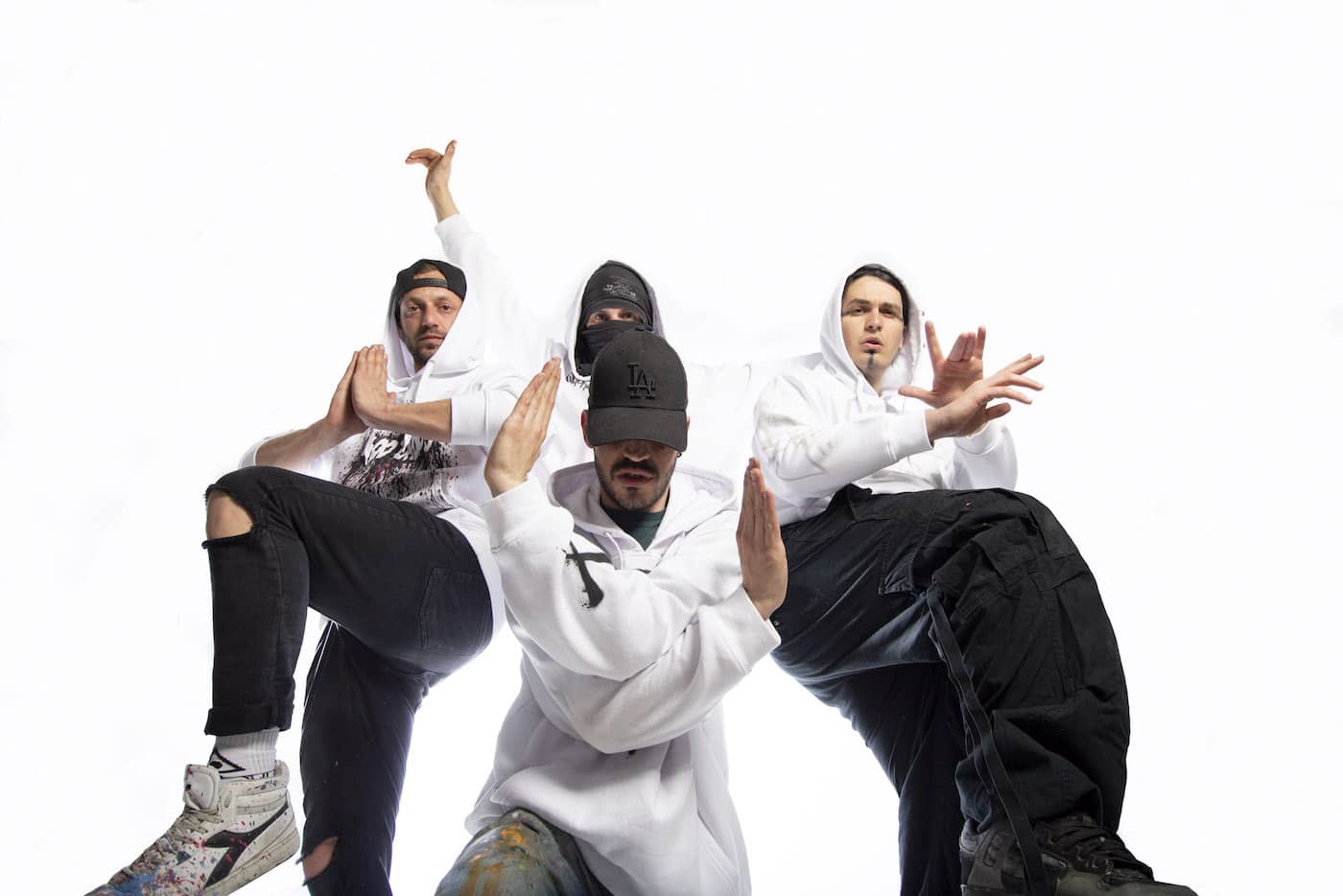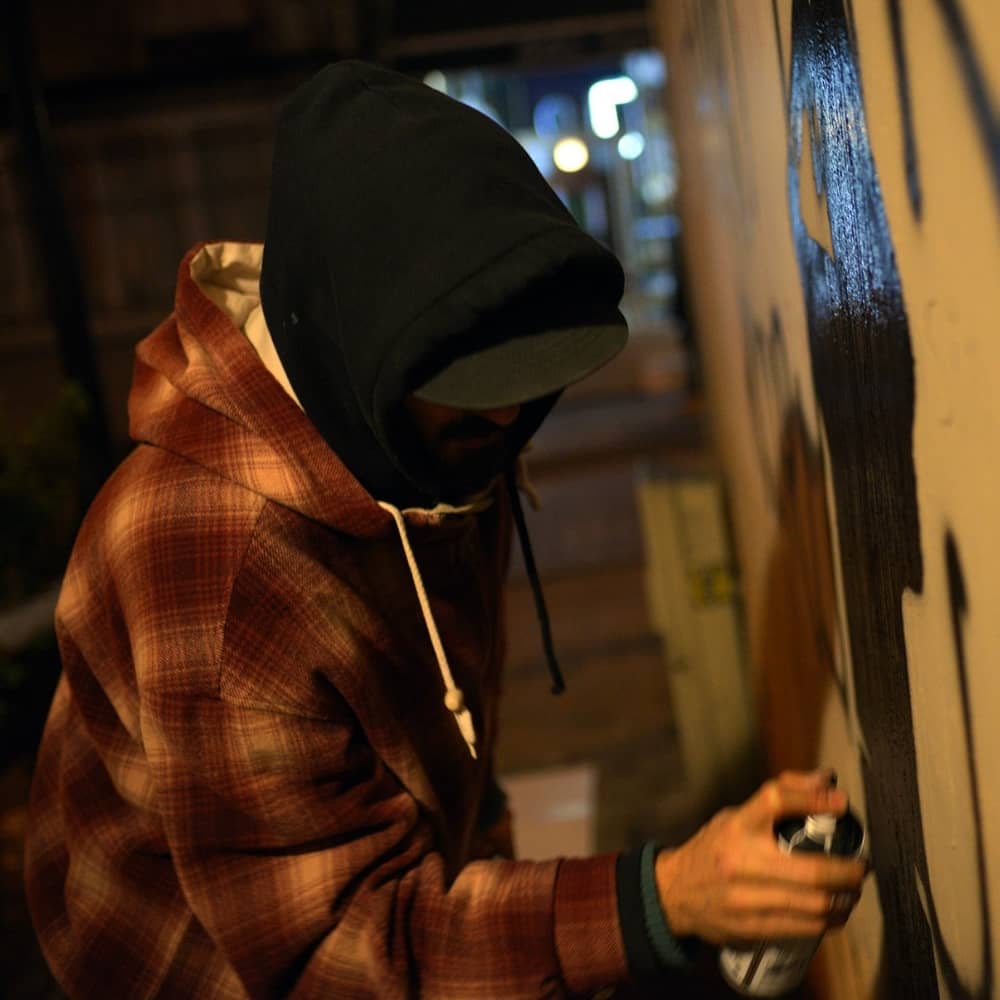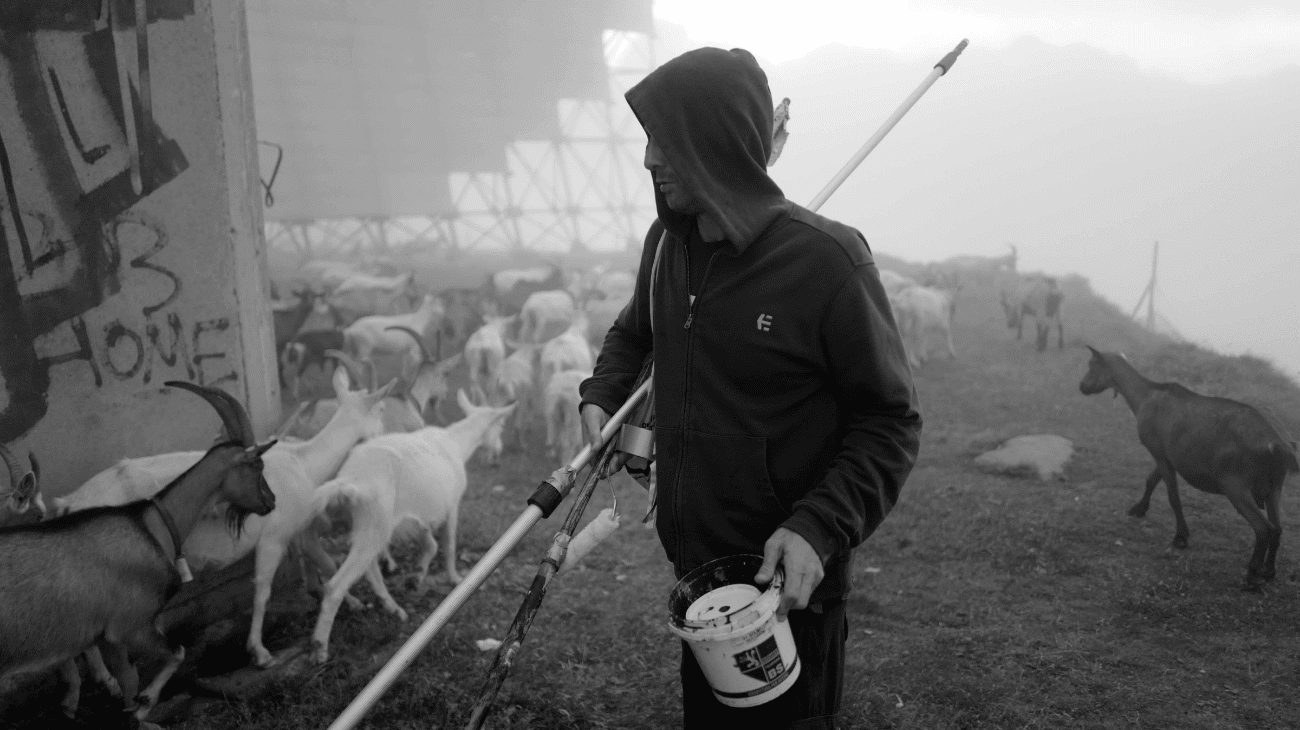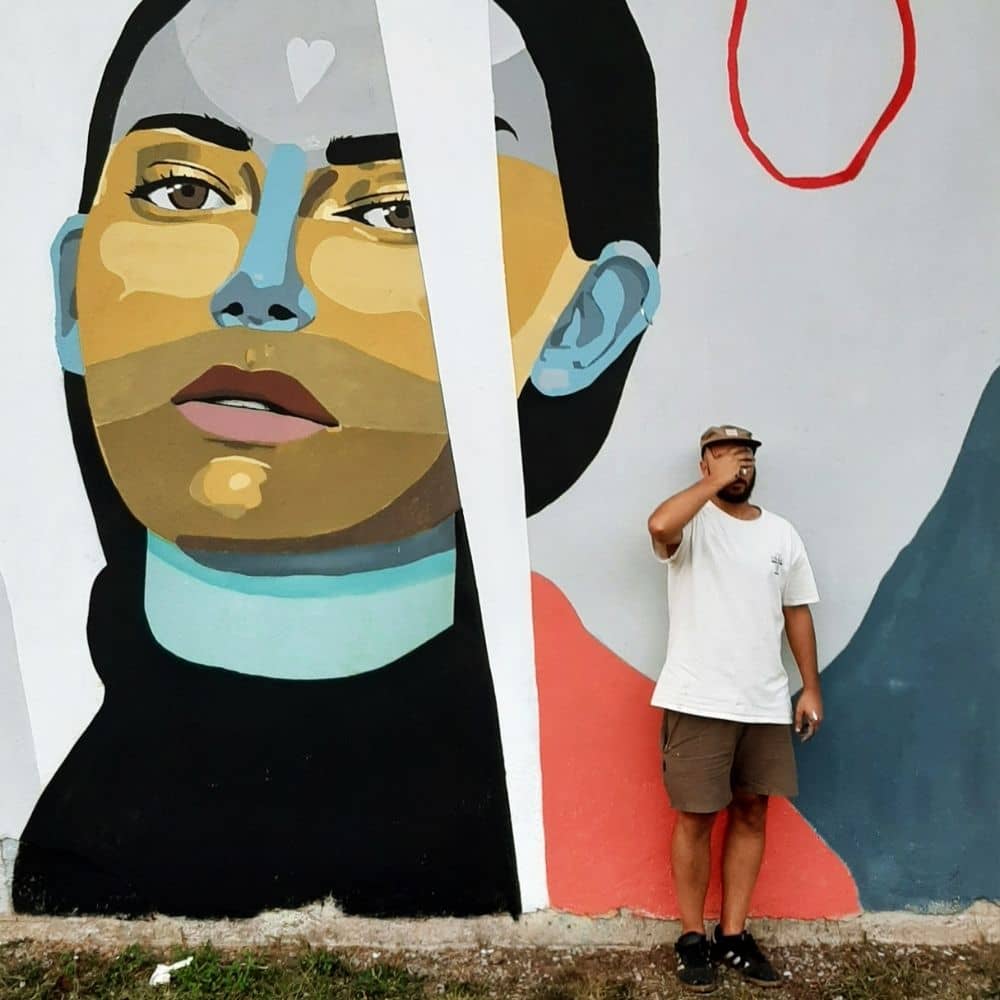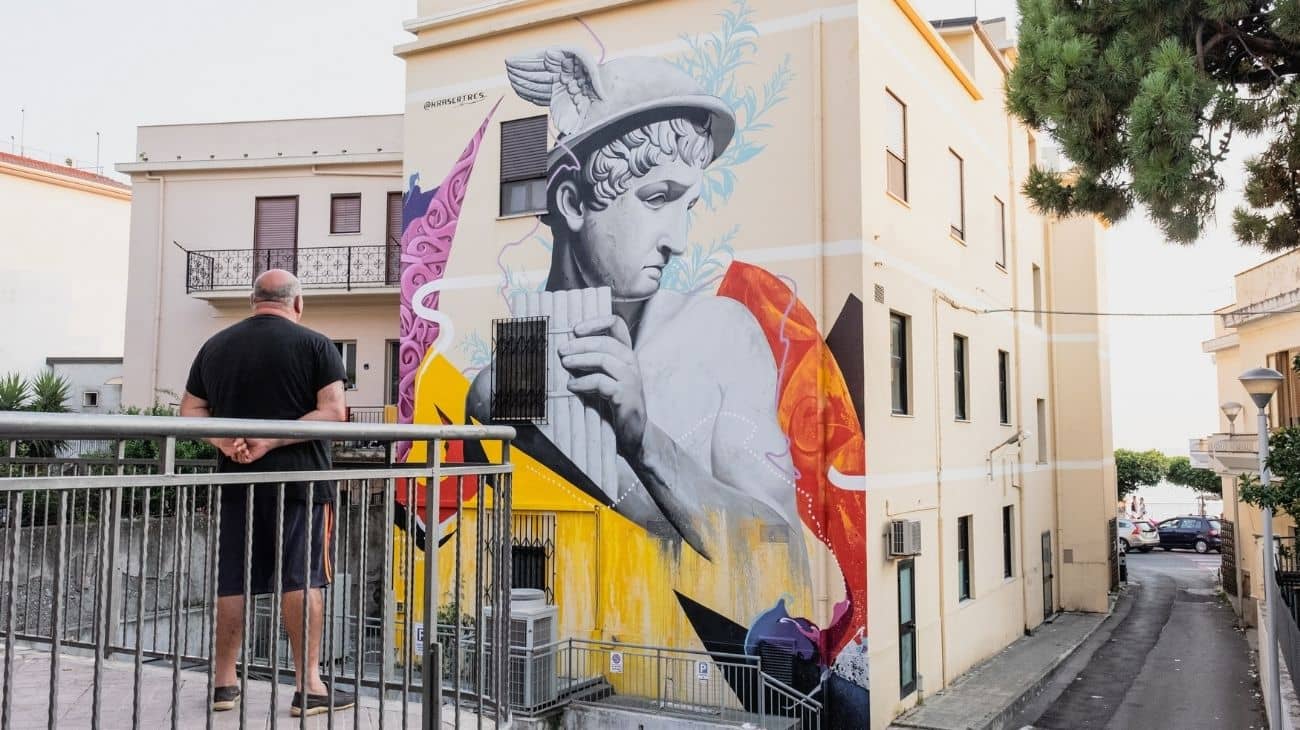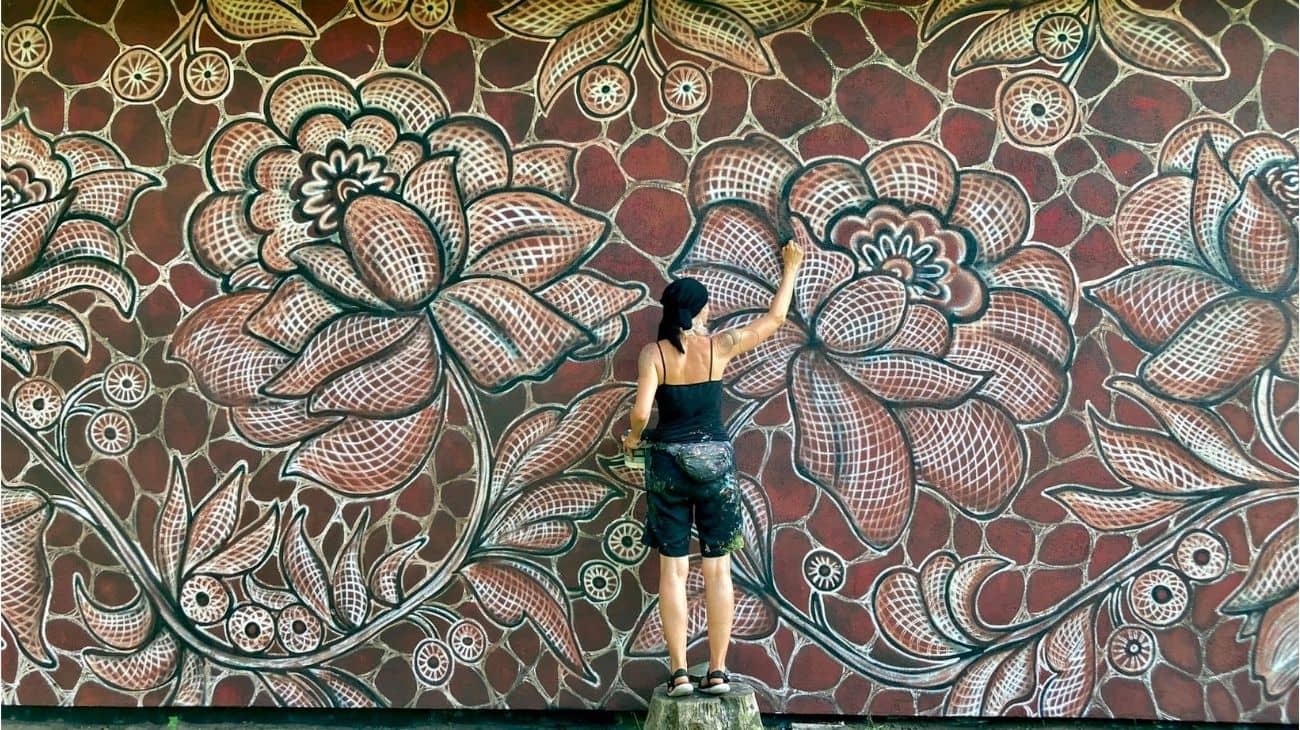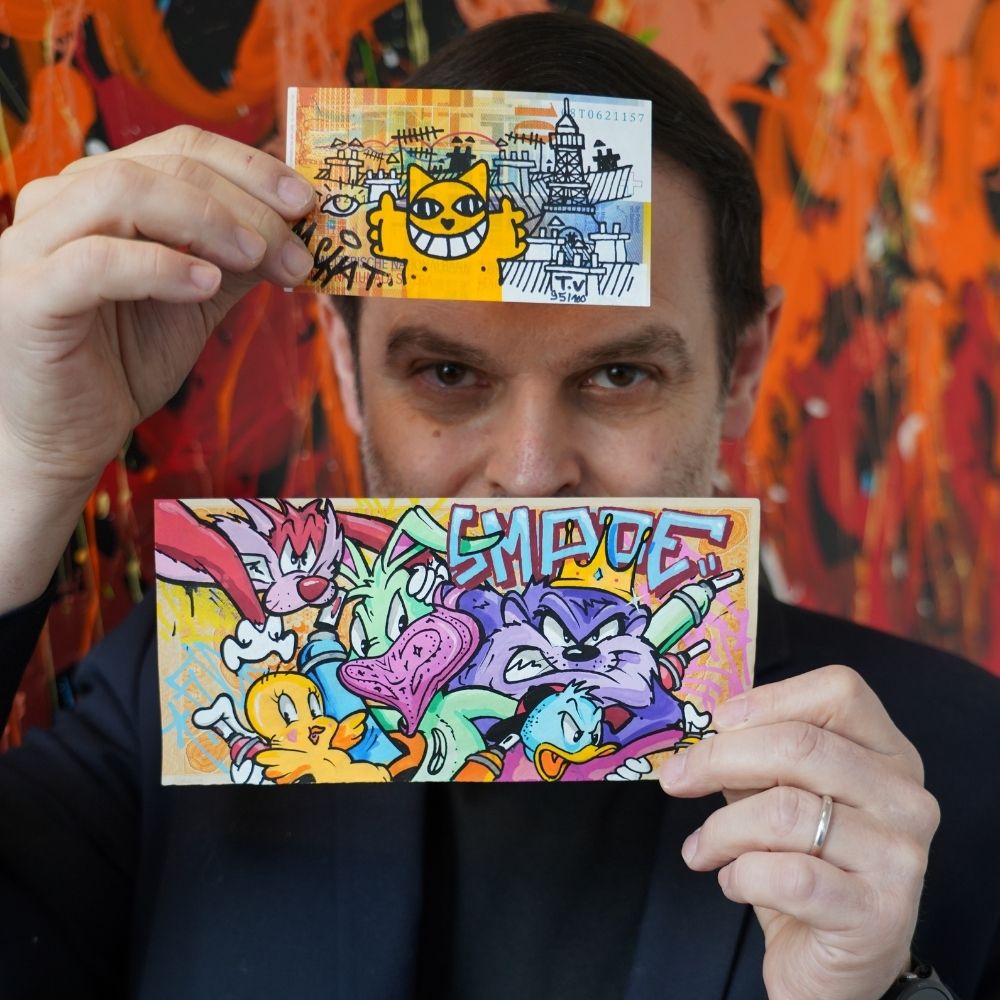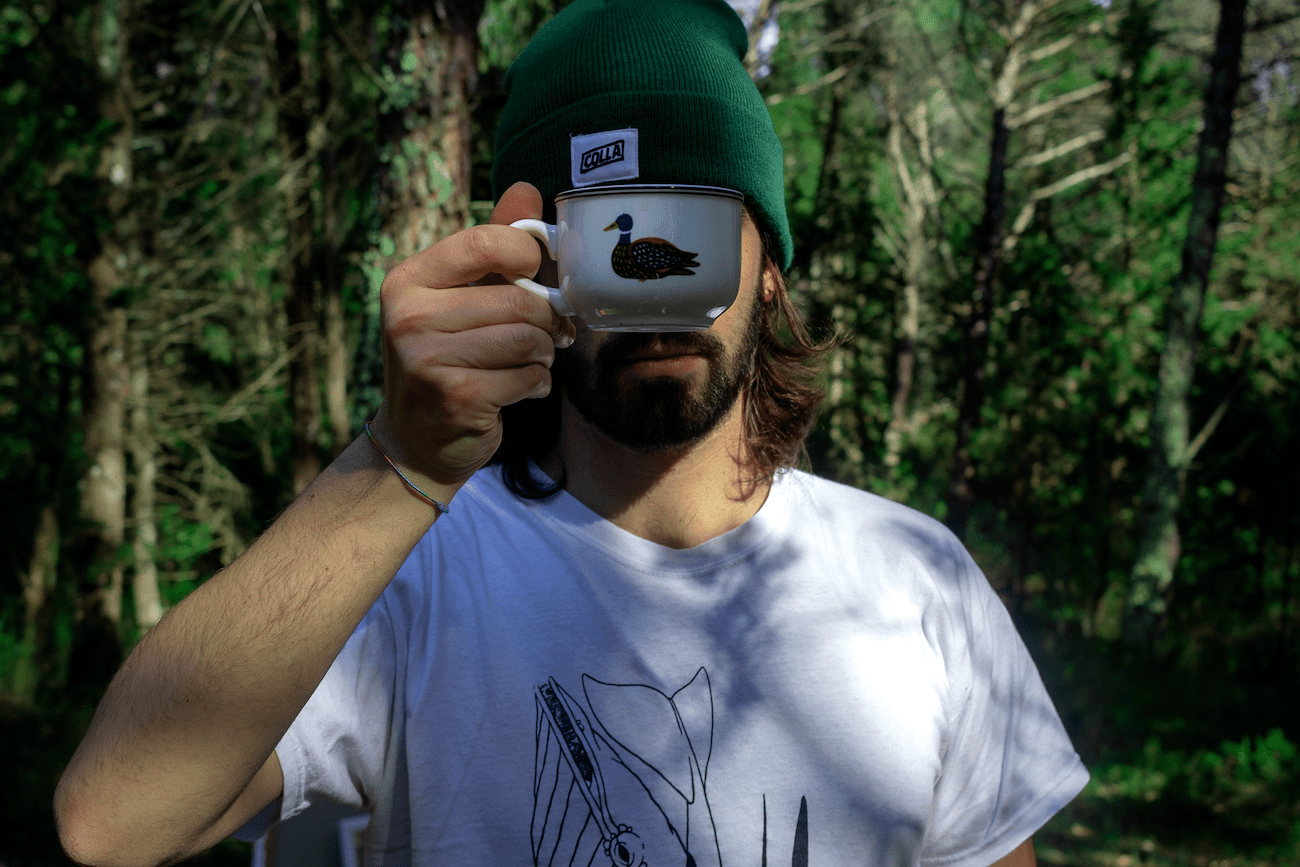400 Drops
Interview with the Tuscan graffiti crew: "The role of urban art is fundamental to convey positive and proactive messages, of change and a sense of belonging to a society that needs the attention of each of us to improve.
MAD
Interview with the Iranian street artist MAD: "I think art can take the form of protest, addressing political and social issues with direct action. Art can connect you to your senses, body, and mind. It can make people sympathize with
ELFO
Interview with Tuscan urban artist Elfo: "Nature, time, and boredom fascinate me, while the random variation of everyday monotony inspires me
MIKEL REMAK
Interview with Spanish urban artist Mikel Remak: "I think my works tell of a search. A search that is not always clear or evident. A relationship between the spiritual and the earthly. An invitation to travel through abstract landscapes."
DIAMANTE MURALES 40
Interview with Antonino Perrotta about Diamante Murales 40: "I think that the figure of the urban curator is essential for the synthesis of these projects. It is a professional figure that is still not recognized and not fully formed because
GOMAD
Interview with Dutch urban artist GOMAD: "As an artist you always keep developing and renewing your style. The realism and surrealism is always part of my work: realism with the way I paint my eyes, portraits, flowers, and birds, and
NESPOON
Interview with Polish street artist NeSpoon: "I’ve never liked laces. Before I started working with them, I thought lace was something old-fashioned, from a grandmother’s dusty apartment. Today it seems to me that in every lace there is a universal
SPIDERTAG
Interview with Spanish neon artist SPIDERTAG: "Composition is key for street art and muralism. You work with the space. And then, I use my own language, created from primitive signs and basic geometry from the prehistoric times to create this
MONEY FOR NOTHING
Interview with Dominique Barlaud about MONEY FOR NOTHING: "The project became conceptual as it was built. Each of the works has been purchased, and some of the banknotes are museum pieces. I wish to ensure, through the legal status, the
MONOGRAFF
Interview with Florentine artist MONOGRAFF: "In summary, I look for inspiration in those who are able to create interventions that have a real link with the place, who do not allow their works to be exploited by advertising or institutions,



